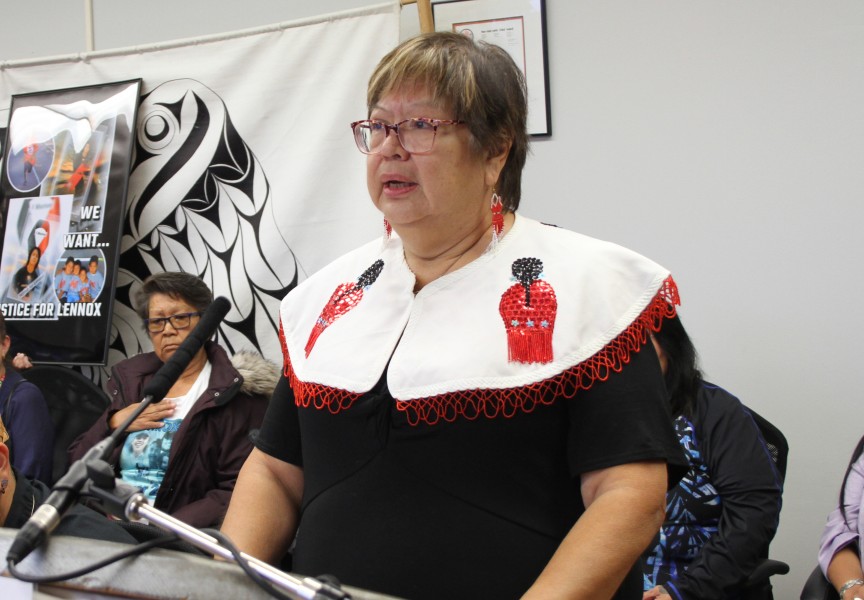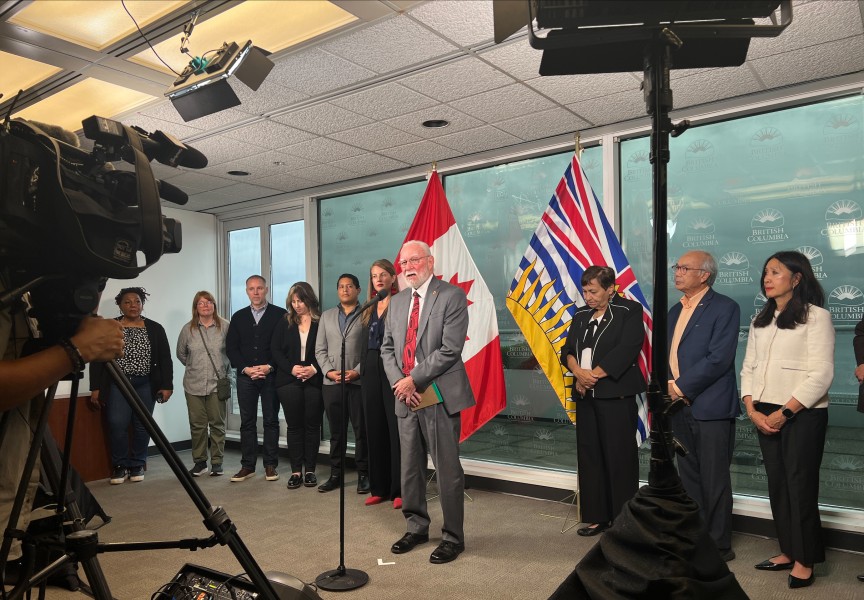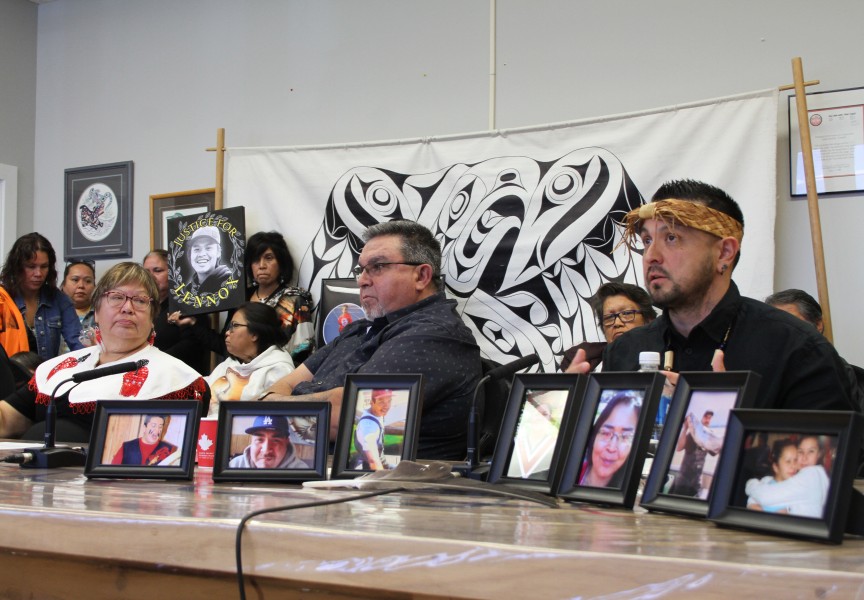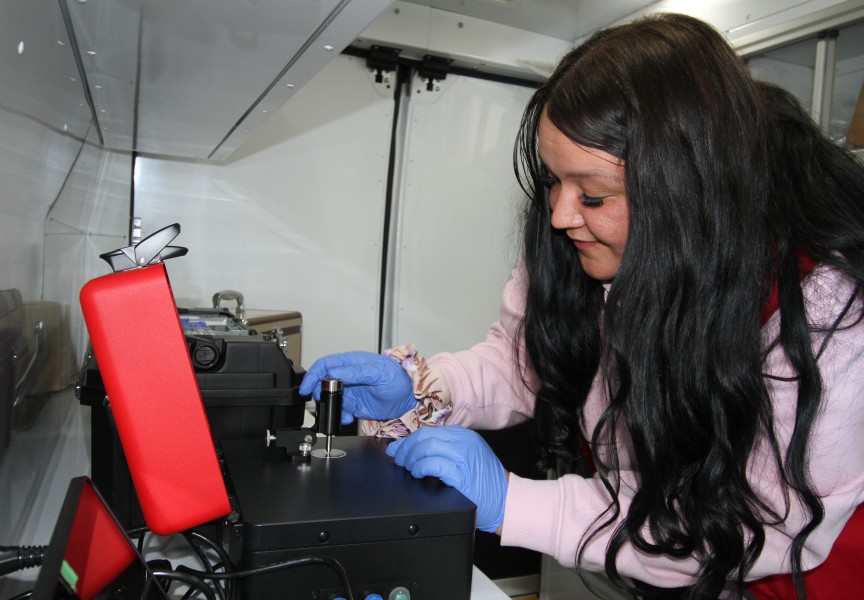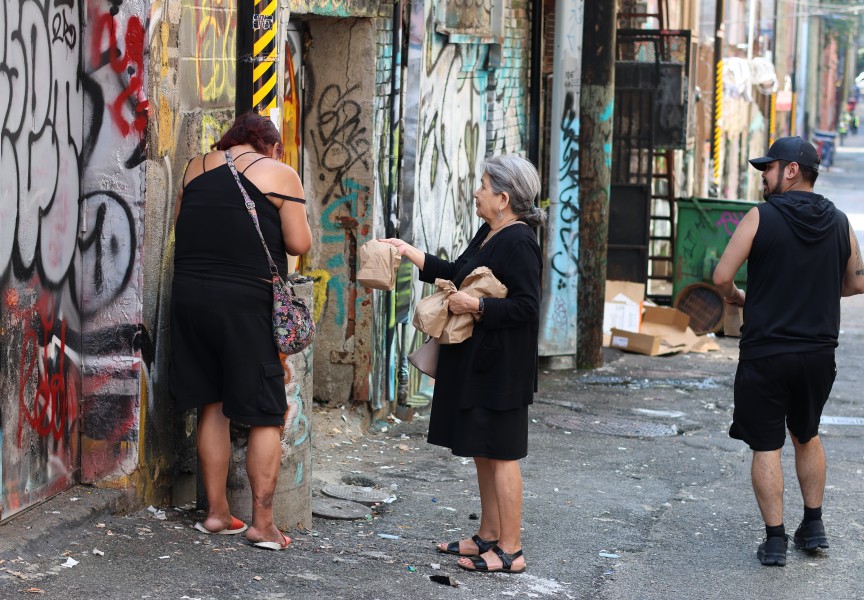A lab was shut down in late March, stopping $7.8 million worth of fentanyl and cocaine that were meant to be distributed throughout the Lower Mainland and Vancouver Island.
Vancouver Police Departments launched the Toluene Project in January to focus on criminals manufacturing and trafficking illicit drugs throughout the region.
“Every day in British Columbia, more people die and new people become addicted to illicit drugs that are manufactured and trafficked by organized crime groups that operate in plain sight,” said Inspector Phil Heard, commanding officer of VPD’s Organized Crime Section, in a statement. “While the results of this investigation are impressive, there is much more work that needs to be done to address B.C.’s overdose crisis and the criminals that profit from it.”
The fentanyl lab, operating in a Richmond, B.C. neighborhood, contained seven kilograms of suspected fentanyl, 800 grams of methamphetamines, and $39,000 in cash, reads the statement. Fifteen kilograms of suspected fentanyl, and two kilograms of cocaine was found on a man who was arrested, and another $48,000 in cash was located in a vehicle parked near the operation.
Another search was executed in Vancouver’s Coal Harbour, believed to be connected to the aforementioned lab, with 4.7 kilograms of fentanyl found and $272, 000 in cash.
Overall 27.7 kilograms of fentanyl, two kilograms of cocaine, 800 grams of methamphetamines, and $365, 000 in cash was seized by investigators.
The VPD press release goes on to say the three men arrested have been released pending completion of the investigation, though multiple charges will be recommended.
In the first three months of 2023 the province has seen 596 deaths due to unregulated drugs, reads a press release from the BC Coroners service.
Over 11,000 lives have been lost due to drugs since the provincial public health emergency was declared in 2016, states Chief Coroner Lisa Lapointe in the press release.
“The 596 lives lost between January and March is the second-highest total ever recorded in the first three months of a calendar year, behind only 2022 (599 lives lost),” the B.C. Corner Service statement reads. “The total number of deaths equates to a provincewide death rate of 44.1 deaths per 100,000 population”
According to the B.C. Coroners Service, fentanyl was detected in seventy-eight per cent of drug related deaths in 2023.
Since 2018, Substance Drug Checking has been operating a free and confidential service in Victoria, providing information such as “main active ingredients, fillers or cutting agents, any unexpected drugs, and the presence of fentanyl.”
In recent years, the service has expanded throughout the Island to Campbell River and Port Alberni, among others.
The service uses infrared absorption spectroscopy, raman spectroscopy, paper spray ionization mass spectrometry, and immunoassay test strips to evaluate the components of drugs.
“Drug checking also has the added value of monitoring the supply, so identifying novel substances or new substances that are entering the market, but also looking at trends,” said Piotr Burek, a research associate for the Vancouver Island Drug Checking Project. “Not only is it effective for people who use drugs and who might require harm reduction services or drug checking services, but it also has that broader public health component.”
The Vancouver Island Drug Checking Project releases a monthly report with the breakdown of components in tested samples throughout the Island. Though the majority of samples come from Victoria, in February 41 samples were tested from Port Alberni.
Thirty of these samples were expected to be opioid-down, meaning opioids from the street, six were expected to be cocaine, two methamphetamine, two unknown, and one dissociative.
Of the opioid-down samples from Port Alberni, 23 contained the expected drug and were contaminated with an unexpected active, and three samples did not have the expected drug and only contained an unexpected active. Of the six cocaine samples, two had no cocaine and only an unexpected active.
According to the report, Port Alberni samples of opioid-down were contaminated with additional components, such as benzodiazepine (10), bromazolam (11), cocaine base (1), fluorofentanyl (11), furanyl UF-17 (2), and xylazine (2).
Three samples expected to be opioid-down contained only unexpected actives: 5-Fluoro-MDMB-PINICA (1), benzodiazepine (1), Fluorofentanyl (2).
Of the two samples with unexpected actives rather than the expected cocaine, they contained bromazolam (2), fentanyl (1), and fluorofentanyl (1).
While testing in Victoria, samples can be obtained within 15 to 20 minutes on site. In Port Alberni some information can be provided at the site, while additional data is provided after the sample is delivered to Victoria with results online in a few days, said Burek.
The Port Alberni drug checking site can detect baseline components within a sample. It tests for fentanyl and some benzodiazepines, and also can indicate what the cut is made with, said a worker at the Port Alberni site.
It cannot detect all benzodiazepines and additives. It also cannot detect xylazine and carfentanil, the worker continued.
But once a sample is in Victoria it is broken down further.
“We know that fentanyl is used extensively in and out of medical services without people necessarily dying from using it,” said Burek.
But he noted that variability within the supply is what makes the drug toxic.
“It's not knowing how much of a particular substance is in a drug [and] if there's other additional substances in there,” said Burek. “That's really what creates the risk for people, is not knowing what is in the supply.”
“With the supply on Vancouver Island, for example, we see multiple components in the opioid supplies,” he continued. “It's not just fentanyl, but it's fentanyl analogues, it's benzodiazepines, and other kinds of substances that we see quie often.”
Burek said that as people begin to grow aware of the drug checking sites, more samples are coming in from locations in Duncan, Port Alberni, Campbell River, and Comox.
“Fentanyl has saturated the market…since we started doing drug checking fentanyl was the primary component in opioids,” said Burek. “What we're certainly seeing is kind of just variability in terms of the additional components that are in there.”
Last month over 50 per cent of expected opioid-down samples contained benzodiazepines and/or analogues. Burek said that benzodiazepine alongside fentanyl has grown to be a common occurrence in opioid samples.
He notes that xylazine is entering the market, which is a veterinary sedative.
“We also know that criminalization is a really big barrier,” said Burek. “A lot of the research points to criminalization as one of the biggest barriers for people accessing drug checking services.”
Burek hopes that the decriminalization of personal possession of some drugs in the province will “make it a little bit easier for people to access services.”
From Jan. 31, 2023 to Jan. 31, 2026, adults above the age of eighteen carrying opioids, crack and powder cocaine, methamphetamine, and MDMA with a combined total of 2.5 grams or less will not be subject to criminal charges in British Columbia.
Drugs will remain prohibited in places such as schools and licenced day cares.
“Substance use is a public health matter, not a criminal justice issue,” reads the provincial website.
“As long as we have kind of continued criminalization of people who use, buy, and sell drugs, then we'll see it as a barrier to accessing harm reduction and drug checking services,” said Burek.
In Port Alberni the drug checking site is located at the Shelter Society Overdose Prevention Site, 3699 3rd Ave.



